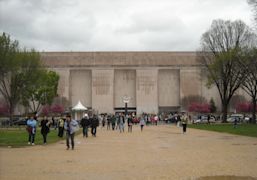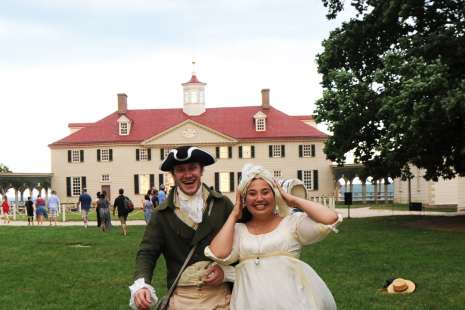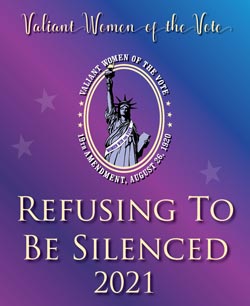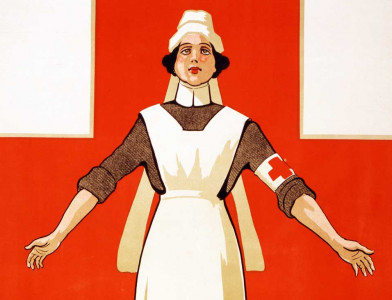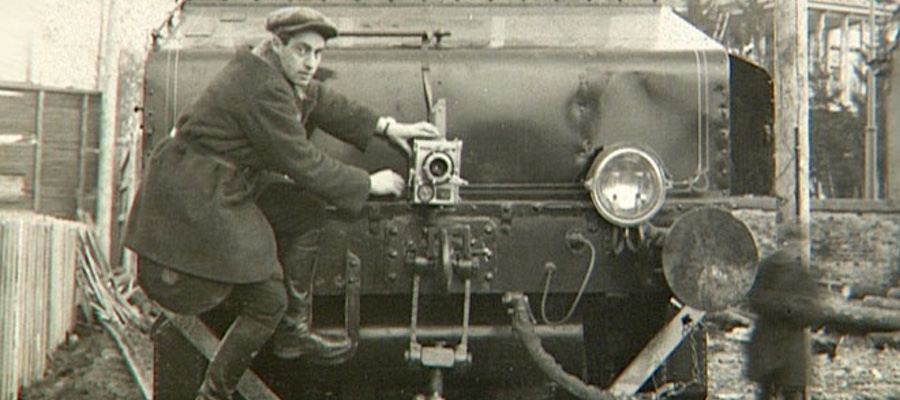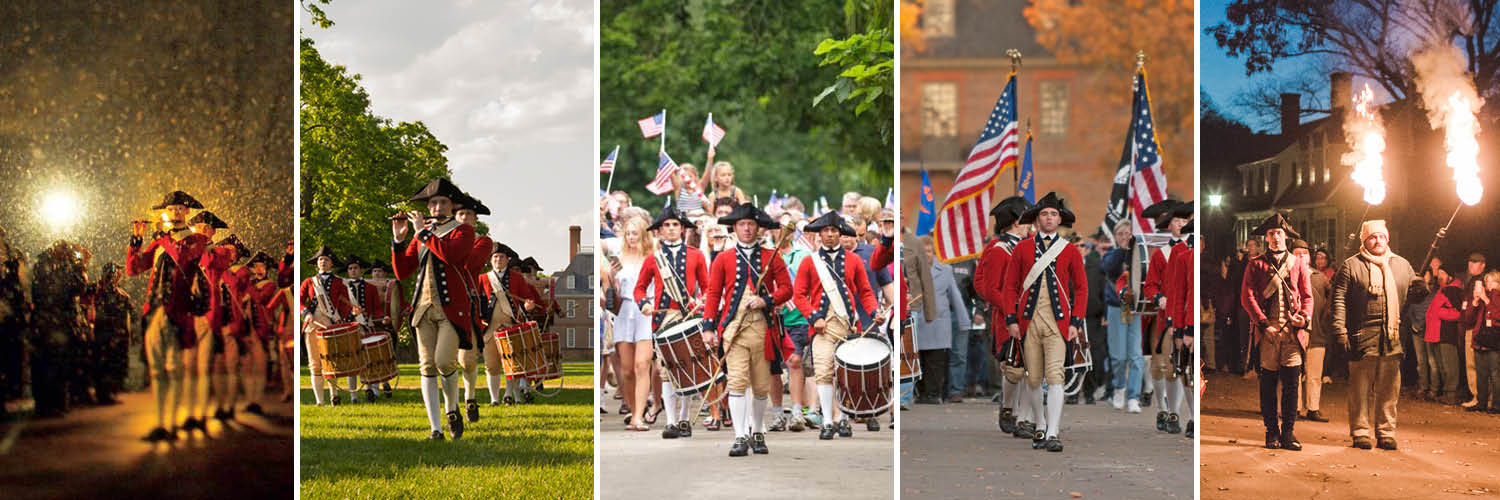Teaching with primary sources helps students understand history
Teaching with primary sources such as original documents and objects that were created during the historical time period your students are studying helps to bring important historical moments to life for them.
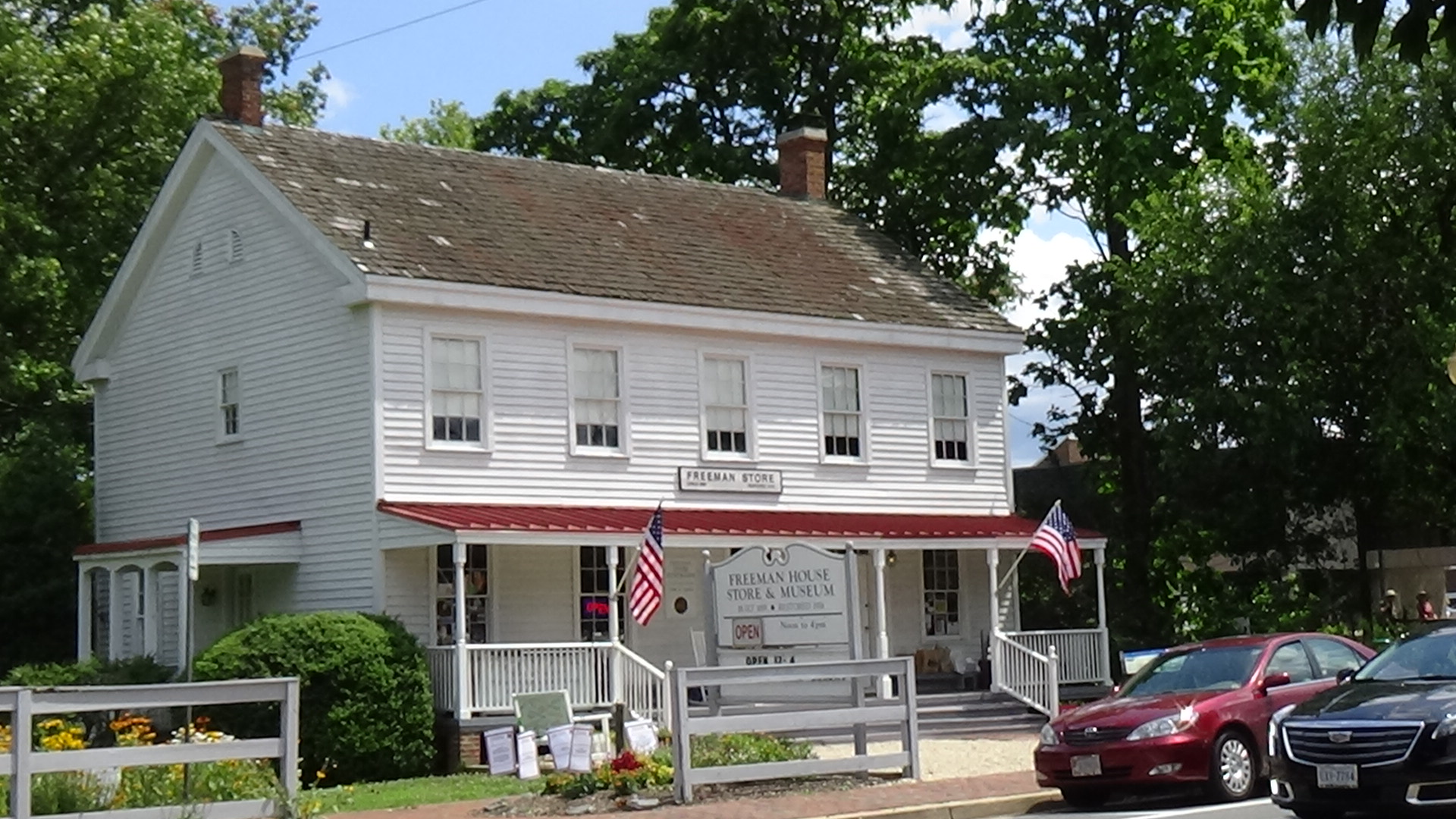 Some items on display at this historic store may make excellent primary sources for your history and social studies students.
Some items on display at this historic store may make excellent primary sources for your history and social studies students.Using mobile phone technology to access original documents and objects online helps to bring young people into close contact with these uniquely created personal documents. They gain a better understanding of what it was like to live in a long-gone era of history.
A primary source is a first-hand, original account, record or evidence about a person, place, object or an event. Oral histories, objects, photographs and documents such as newspapers, ledgers, census records, diaries, journals and inventories are all primary sources.
A secondary source is an account, record or evidence derived from an original or primary source. For example, textbooks are secondary sources.
Primary sources are used by historians to discover new information about people, events and what everyday life was like in any given historical period. Historians, acting as detectives, search for clues, examine the evidence and develop conclusions. Students can use these primary sources.
Teaching with primary sources helps students to focus on the evidence. Documents, objects, photographs, newspaper articles, letters, diary entries, speeches, census records, histories, audio or video recordings provide students with knowledge of the past. Students can put aside their textbook reading to explore the past with primary sources.
Teaching with primary sources help students develop critical thinking and deductive reasoning skills when this supplements traditional classroom instruction. Whether in a museum or in the classroom, the study of primary sources is an essential aspect to understanding the historical past. The availability of primary sources on the Internet has revolutionized social studies instruction. Mobile phones, computers and tablets may be easily used by students to locate these available primary sources on the Web.
Teaching with primary sources guidelines
History and social studies teachers can use primary sources to compare these with secondary sources. Claims made from something your students have read in a recent newspaper article, encyclopedic narrative or a passage from a book should be compared with information found in a primary source. Students can analyze what they are studying and then draw their own conclusions from their research findings to re-write their own narratives on what actually happened during any given historical period they are studying.
One way to encourage student-centered instruction is to have students brainstorm dialogue based on primary source analysis. Students use multiple viewpoints to draw conclusions on the social studies lesson. Primary sources should include all peoples from the time period your students are studying. Teachers should encourage their students to think past the “main idea” or “summary.”
Document-Based Questions, or DBQs, encourage students to use primary sources and evidence to support an argument or position. Start your class session or lesson unit by asking your students to analyze, interpret or respond to a specific primary source. Teach your students how to conduct their own independent research using primary sources or use these sources in a classroom activity experiment.
Primary sources can help history students make connections between past and present by adding historical perspectives to the headlines and news stories they read every day. The historical and cultural context of primary sources can be added to works of literatures. After analyzing the primary sources, ask students to write their own discussion questions for the historical lesson they are studying.
Getting started teaching with primary sources
Why teaching with primary sources? Primary sources help history and social studies students develop cognitive, investigative deductive reasoning and problem-solving skills. Through the use of a variety of primary sources, teachers can convey information to students with many different learning styles. For example, auditory students can hear oral histories. Visual learners discover new concepts and ideas using photographs and other objects they can see in class.
Primary sources help students relate in a personal way to events of the past. History and social studies students will gain a deeper understanding of these human events during in class and out of class study. Each primary source represents a mystery that students can research and analyze when they add new pieces of evidence through their exploration of primary sources.
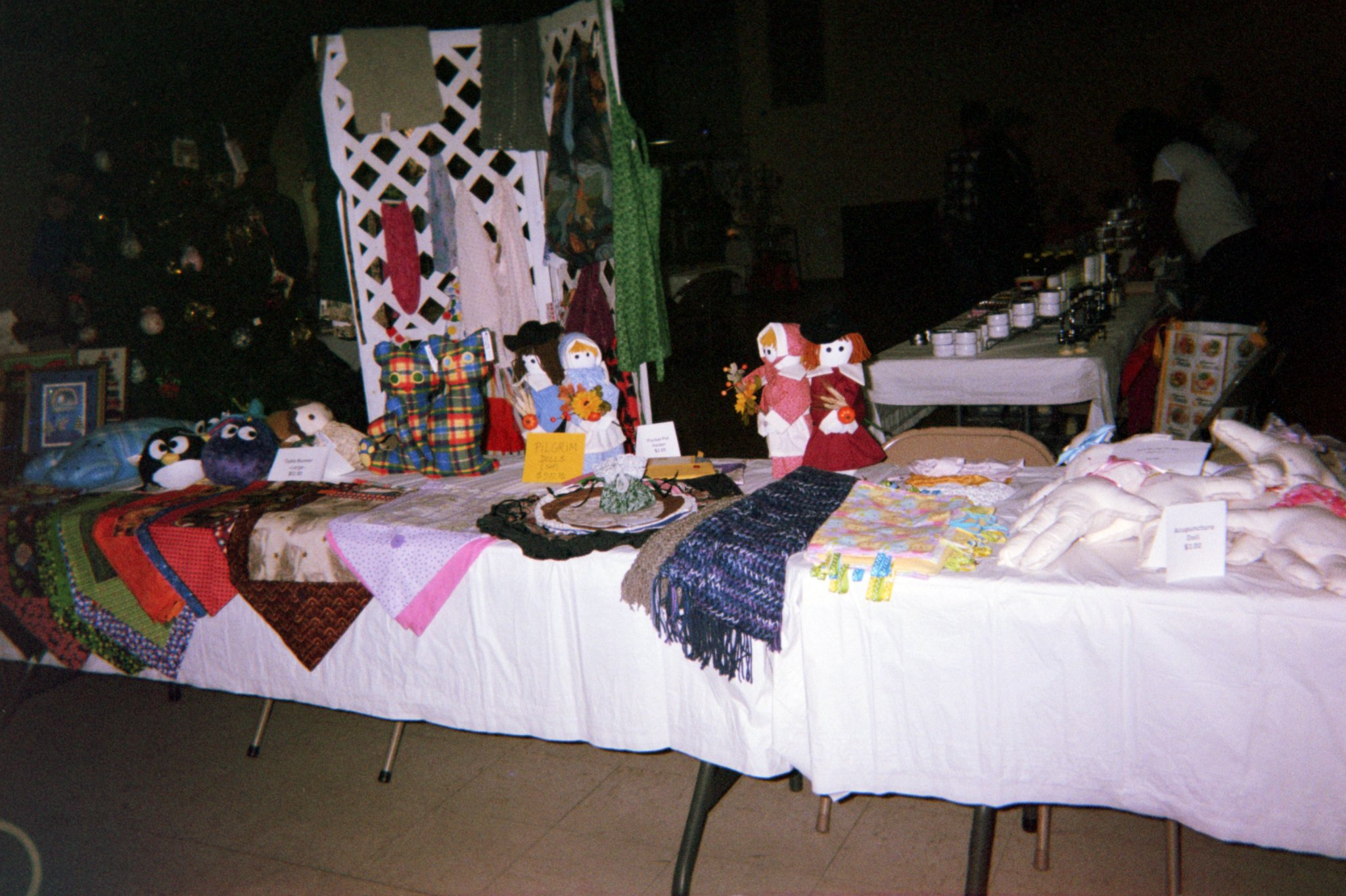 You can use almost anything for an object to use to teach history like these handsewn Pilgrim dolls.
You can use almost anything for an object to use to teach history like these handsewn Pilgrim dolls.Students are exposed to information filled contradictions. Sifting through multiple sources may represent differing points of view for each time period and era of history they are studying.
Students can use modern mobile phone technology to gain insights into the past that they might not receive from the traditional textbook readings assigned to them in their history and social studies classes. Teaching with primary sources encourages students to apply critical thinking and analysis to these original sources of information.
Where to find some primary sources
Documents are any written or printed material used to communicate information. Teaching with primary sources doesn’t mean you need to use faded letters, congressional reports or other official papers. You can use any of the documents that surround you. These may include report cards, recipes, a page from a phone book, letters to parents, school rules, student writings and print advertisements from magazines or newspapers.
You can find these documents at local historical societies or history museum archives. Other places to look are local libraries, city or county administrative offices and newspaper archives. Documents are produced by government agencies at the federal, state and local levels. Law offices, courts, churches, schools, colleges and universities are other places to find these documents.
The National Archives and Records Administration and the National Museum of American History are two other places you can search for online to find historical documents and papers for your social studies and history classes.
The most important thing to remember when looking for objects to use in your history and social studies lessons is that they don’t have to be old to be a learning tool. You can find objects to use at yard sales, auctions, going out of business sales, antique stores, thrift stores, attics, closets, garages, flea markets and local and regional museums. Historic reproduction companies and storage rooms in schools and offices are two other places to find interesting objects for your show and tell lessons.
Some of the best photographs for educational purposes are family photographs. Photographs are also available in the archives of local newspapers, national newspapers and news magazines. Historical photography books, textbooks, school newspapers and yearbooks are other places to find photographs. Photography collections in your local historical society or museum, local colleges and universities or special collections at libraries are all places you can find interesting photographs for your classes.
Oral histories are available at the Smithsonian National Museum of American History and Archives of American Art. The Library of Congress also has oral histories for teaching with primary sources.
Teaching with primary sources also includes the use of artifacts and other historical collectibles. Please go here to discover what is an artifact.
For additional help with teaching with primary sources please visit the Smithsonian National Museum of American History and DocsTeach from the National Archives.



